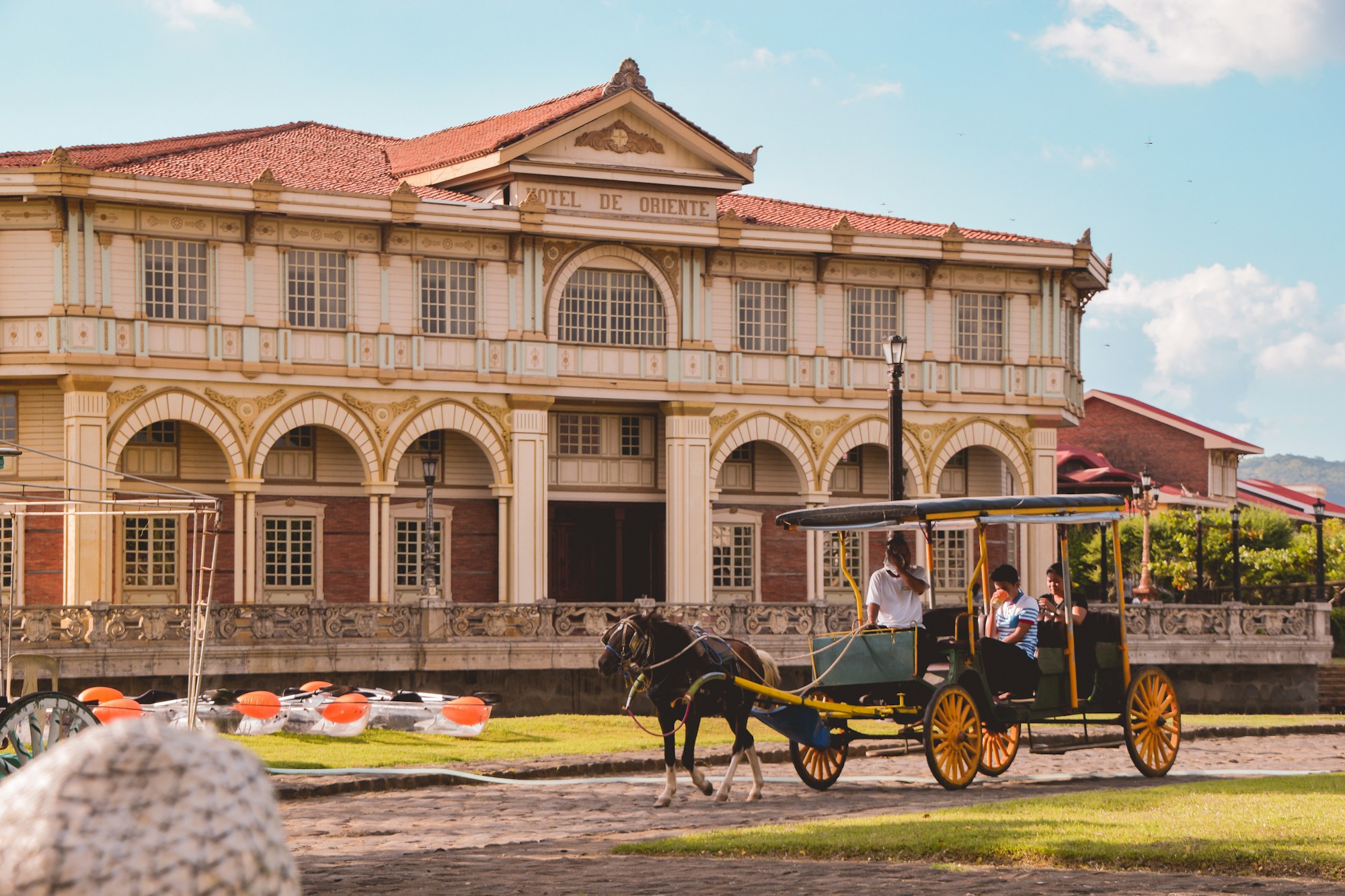Discovering Philippines: Culture, Traditions & Festivals

Discovering Philippines: Culture, Traditions & Festivals
Welcome to the beautiful and diverse country of the Philippines! Located in Southeast Asia, the Philippines offers a rich cultural heritage, breathtaking natural landscapes, and a vibrant festival scene. Let's explore the culture, traditions, and festivals that make this archipelago a must-visit destination.
Culture
The Filipino culture is a unique blend of indigenous traditions and influences from Spanish, American, and Asian cultures. The people of the Philippines, known as Filipinos, are known for their warm hospitality, strong family values, and diverse arts and crafts.
Language plays a significant role in Filipino culture, with Filipino (Tagalog) and English being the official languages. Religion also has a prominent place, with the majority of Filipinos being Roman Catholic due to the country's history of Spanish colonization.
The arts and crafts of the Philippines are highly regarded. Traditional crafts such as weaving, pottery, and wood carving showcase the creativity and craftsmanship of the Filipino people. In addition to visual arts, traditional dancing and music are also celebrated, with various folk dances and indigenous musical instruments being integral to Filipino culture.
Traditions
Family plays a central role in Filipino traditions. Filipinos are known for their strong familial bonds and extended family networks. Respect for elders is highly valued, and it is common for younger generations to seek the advice and guidance of their elders.
Another important tradition in the Philippines is the concept of "Bayanihan," which refers to the spirit of communal unity and cooperation. It is customary for neighbors to come together to help one another in times of need, such as during house construction or during calamities.
Filipinos also place great importance on celebrations. Whether it's a birthday, wedding, or fiesta, Filipino celebrations are known for their joyful atmosphere and abundance of food. Traditional dishes are prepared, and guests are welcomed with open arms and treated to a feast.
Festivals
The Philippines is renowned for its vibrant and colorful festivals, which showcase the country's rich cultural traditions and religious fervor. Some of the most famous festivals in the Philippines include:
- Sinulog Festival - Held in Cebu City every January, the Sinulog Festival is a grand celebration in honor of the Santo Niño (Child Jesus). It features street dances, processions, and religious ceremonies.
- Ati-Atihan Festival - Originating from Kalibo, Aklan, the Ati-Atihan Festival is one of the oldest and most well-known festivals in the Philippines. Participants paint their faces with black soot and don traditional Visayan attire while dancing on the streets to honor the Santo Niño.
- Pahiyas Festival - Celebrated in Lucban, Quezon every May, the Pahiyas Festival is a colorful harvest celebration. Houses are adorned with rice, fruits, vegetables, and colorful rice decorations called "kakanin" to give thanks for a bountiful harvest.
- Kadayawan Festival - Held in Davao City, the Kadayawan Festival is a week-long celebration of the city's cultural heritage and abundance of fruits and flowers. It features street parades, cultural performances, and a floral float parade.
These are just a few examples of the many festivals held throughout the year in different parts of the Philippines. Attending a festival is a fantastic way to immerse yourself in Filipino culture, witness traditional dances and music performances, and savor the local cuisine.
Your Adventure Awaits!
The Philippines offers a captivating mix of culture, traditions, and festivals that will make your visit truly unforgettable. Whether you're exploring the stunning beaches, diving into clear turquoise waters, or experiencing the warmth of Filipino hospitality, the Philippines has something for everyone. Get ready to embark on an adventure unlike any other!
function initMap() { const myLatLng = { lat: 12.8797, lng: 121.7740 }; const map = new google.maps.Map(document.getElementById("map"), { zoom: 6, center: myLatLng, }); new google.maps.Marker({ position: myLatLng, map, title: "Philippines", }); }
